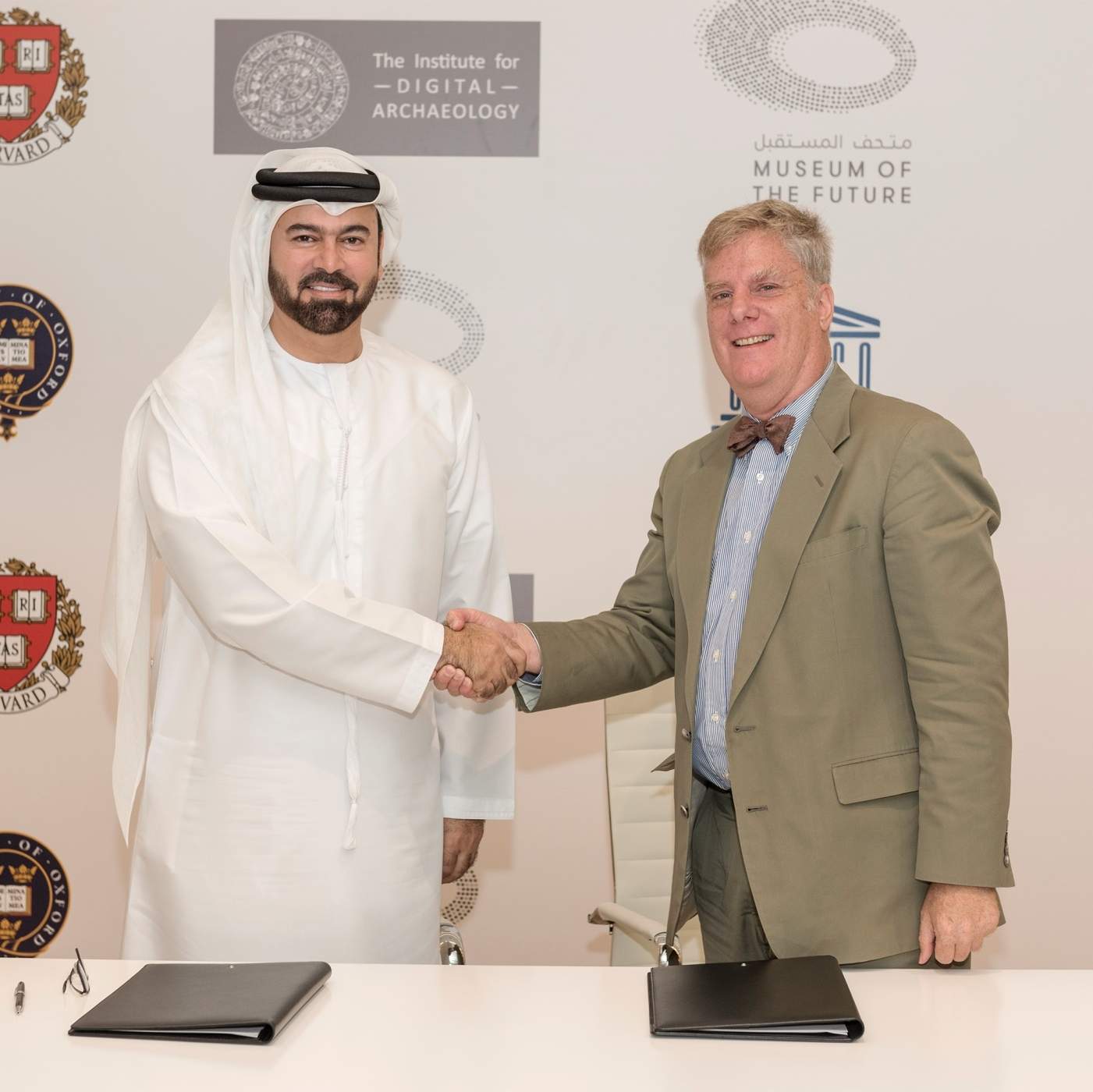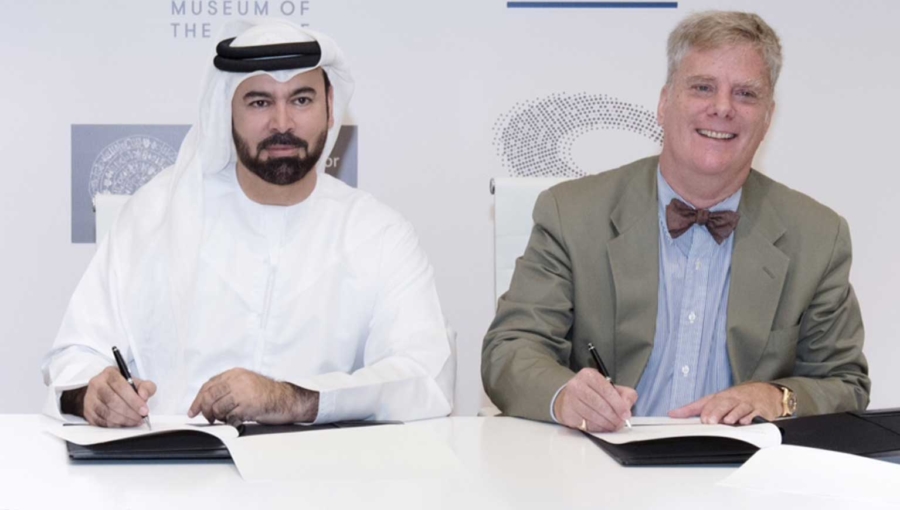The civilization and human heritage of the region must be preserved for the future generations as a global responsibility, taking into account the valuable contributions of the region to the progressive march of humanity, stated Mohammed Abdullah Al Gergawi, Vice Chairman of the Board of Trustees and Managing Director of Dubai Museum of the Future Foundation.
Al Gergawi said it is the vision of His Highness Sheikh Mohammed bin Rashid Al Maktoum, Vice President and Prime Minister of the UAE and Ruler of Dubai, to develop human capabilities based on the great values of the past and making them essential elements in the comprehensive sustainable development of the future.
“It is important to preserve heritage sites as they serve as a source of inspiration for innovators and pioneers to build the future,” Al Gergawi said.
Stating that archaeological sites are not just stone structures, Al Gergawi described the heritage landmarks in the region as crucial pieces in the great legacy of human achievements and called for global efforts to protect them.
“What we are doing today is part of our efforts to give back to the history of our region and build on the achievements of our rich past,” Al Gergawi said.
Al Gergawi stated this on the occasion of the announcement of the strategic partnership of Dubai Museum of the Future Foundation with the United Nations Educational, Scientific and Cultural Organization (UNESCO) and the UK-based Institute for Digital Archaeology (IDA), a joint venture between Harvard University and the University of Oxford.
The global partnership will help preserve the archaeological sites in the region by documenting them using three-dimensional imaging technology to rebuild them through 3D printing technology if they are exposed to any threats.
The partnership agreement has been signed by Al Gergawi and Dr. Roger Michel, Executive Director of the Institute for Digital Archaeology.
Irinia Bokova the Director-General of UNESCO, has said: “Extremists want to impose a different vision on the world. They want to tell us that there is no memory, that there is no culture, that there is no heritage.” Inspired by Dr. Bokova’s words, we join hands with Dubai Museum Of The Future Foundation to participate in the effort to oppose the extrmists’ vision of the future and to help convey history to future generations.

Dr. Roger Michel the Executive Director of the Institute for Digital Archaeology said “With gracious support from the Dubai Museum Of The Future Foundation , the Institute for Digital Archaeology will redouble its efforts to restore to the landscape of the Middle East the great symbols of our shared cultural heritage that have been destroyed or defaced. These symbols — the architecture and objects of the ancient world — speak powerfully to what unites East and West and so are needed now more than ever. The UAE is a great friend of this important work.”
On the occasion, Saif Al-Aleeli, CEO of the Dubai Museum of the Future Foundation, said the global partnership with UNESCO, Institute for Digital Archaeology, Harvard University and the University of Oxford is the first of a series of initiatives in the coming days. He added that the partnership comes as a part of the strategic vision of Dubai Museum of the Future Foundation to build long term cooperation with academic and scientific institutions and research centres in all areas, highlighting the UAE as a progressive nation on the global map.
The Dubai Museum of the Future Foundation will play vital role in the global project to document the heritage monuments of the region by taking up to one million digital images of these sites using three-dimensional imaging technology until end of year 2015. The project will be carried out under the supervision of a group of archaeologists from Harvard University and the University of Oxford in cooperation with UNESCO.
IDA in collaboration with Dubai Museum of the Future Foundation has created a portal to collect the images and prepared a plan to communicate with the media and social networking sites to launch a comprehensive information campaign on the project.
The Foundation plans to announce educational initiatives to support the project and build an electronic platform to manage the massive database of archaeological images. It will distribute 5,000 3D cameras to partners and volunteers to photograph the heritage sites in the region. Images collected from volunteers and partners will be indexed and kept ready for the 3D printing phase of the project.
